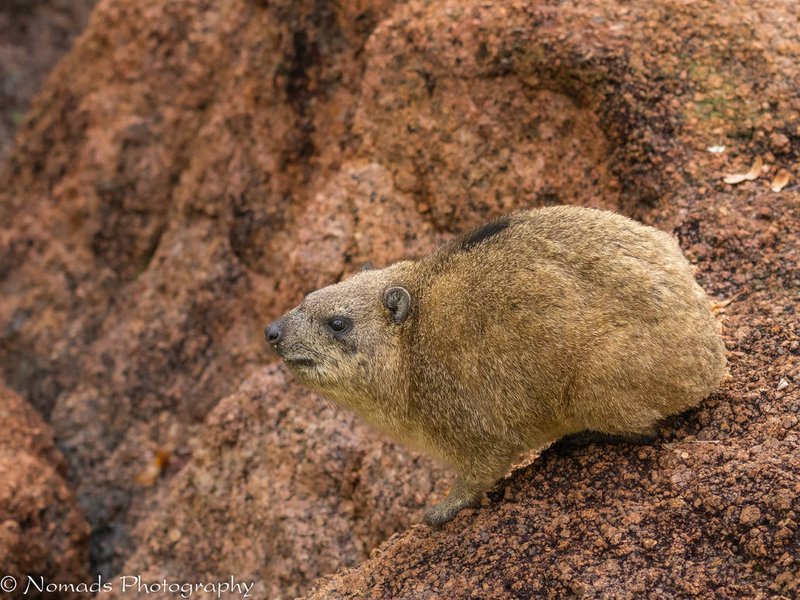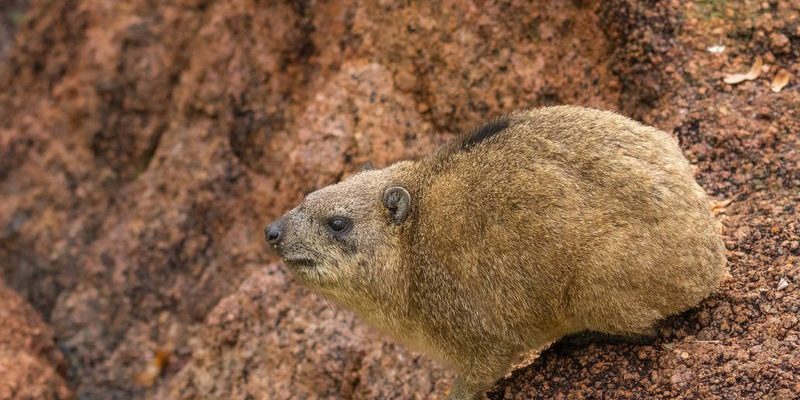
Imagine the rock hyrax as a distant cousin of elephants. Yes, you heard that right! These little critters share an evolutionary link with some of the largest land mammals on Earth. So, settle in with your coffee as we take a deeper dive into the rock hyrax’s journey through time, exploring its family ties, adaptations, and the environments that shaped its life.
What Is a Rock Hyrax?
Before we dive into the evolutionary history, let’s take a moment to understand what a rock hyrax actually is. Picture a small, furry creature, about the size of a house cat, with a stout body and short legs. They have round faces, big eyes, and a set of prominent, tusk-like incisors—perfect for munching on vegetation.
You might find them lounging in rocky terrain, soaking up the sun. Rock hyraxes are social animals and often live in groups, which helps them stay safe from predators like eagles and leopards. Their versatility in diet allows them to thrive in various habitats ranging from rocky mountains to arid deserts. Honestly, when you see them basking on a rock, it’s hard not to think of them as the chill hippies of the animal world.
A Closer Look at Their Anatomy
The rock hyrax has some unique features worth noting. One of the most interesting aspects is their foot structure. Their feet are uniquely designed with specialized pads that allow them to cling to rocky surfaces, making them excellent climbers. This trait is essential for escaping predators and finding food among the cliffs.
Another remarkable feature is their thick fur. This isn’t just for show; it helps keep them warm in chilly climates and provides some protection from the sun. Their small size and compact body make them incredibly agile, allowing them to swiftly maneuver in their rocky homes. Picture them darting around the boulders—it’s like watching a mini mountain goat in action!
The Rock Hyrax’s Evolutionary Background
You might be wondering, “How did these little guys end up being related to elephants?” The rock hyrax belongs to a group called Hyracoidea, which dates back around 40 million years. That’s right! They share a common ancestor with elephants and sea cows, which is impressive for such a small creature.
The evolutionary journey of rock hyraxes points back to a time when they roamed alongside dinosaurs. While the dinosaurs faced extinction, the ancestors of today’s rock hyrax adapted to changing climates and landscapes, eventually evolving into the creatures we see today. They’ve managed to survive through some pretty wild ups and downs in Earth’s history.
How the Rock Hyrax Adapts to Its Environment
Adaptation is a fascinating aspect of the rock hyrax’s survival. These little mammals have developed several behaviors and physical traits that enable them to thrive in their environment. For instance, their social structure is an essential part of their survival strategy. By living in groups, they can monitor their surroundings for danger. Increased vigilance helps them avoid becoming lunch for predators.
Additionally, their diet is flexible; they primarily eat grasses, leaves, and fruits. This dietary adaptability means they can take advantage of what’s available in their specific habitat. If there’s a drought, they can shift their focus to hardier, drought-resistant plants. Here’s the thing: having such versatility is crucial for surviving in environments where food can be scarce.
Comparing Rock Hyraxes to Their Relatives
While the rock hyrax might look like a cross between a guinea pig and a rabbit, it’s more closely related to elephants and dugongs. This might come as a surprise, but it’s true! The similarities are mostly genetic. Both groups share common ancestors, and despite the rock hyrax’s small size, they echo the characteristics of their larger relatives in their behavior and social structures.
Now, if you had to compare them to other small mammals like rabbits or squirrels, they have a very different survival strategy. While rabbits might rely on their speed and burrowing abilities, rock hyraxes depend heavily on their social groups and rocky habitats for protection. The way they interact socially is also much more complex than what you might observe in a typical rodent.
The Importance of Conservation
Understanding the rock hyrax and its evolutionary journey isn’t just interesting; it’s essential for conservation efforts. As habitats change and shrink due to human activities, the survival of these unique mammals is at stake. They are currently classified as least concern, but that doesn’t mean they’re free from threats.
Conservationists are keeping a close eye on their populations and habitats, especially since healthy rock hyrax populations can indicate the health of their environments as a whole. Protecting them often means preserving the rocky habitats that they call home. By learning more about the rock hyrax, we take a step toward protecting diverse ecosystems.
The rock hyrax may seem like a small player on the grand stage of evolutionary history, but its story is an important one. From its surprising connections to elephants to its adaptations for survival in rocky environments, this creature is a testament to the resilience of life. As we continue to explore and learn about the rock hyrax, we also gain insight into the intricate web of life on our planet.
So, next time you hear someone mention the rock hyrax, you can share its fascinating journey through evolution. Who knows? You might inspire someone to learn more about these little wonders and their important role in the ecosystem. As we move forward, let’s strive to protect these remarkable creatures and their habitats for generations to come.

